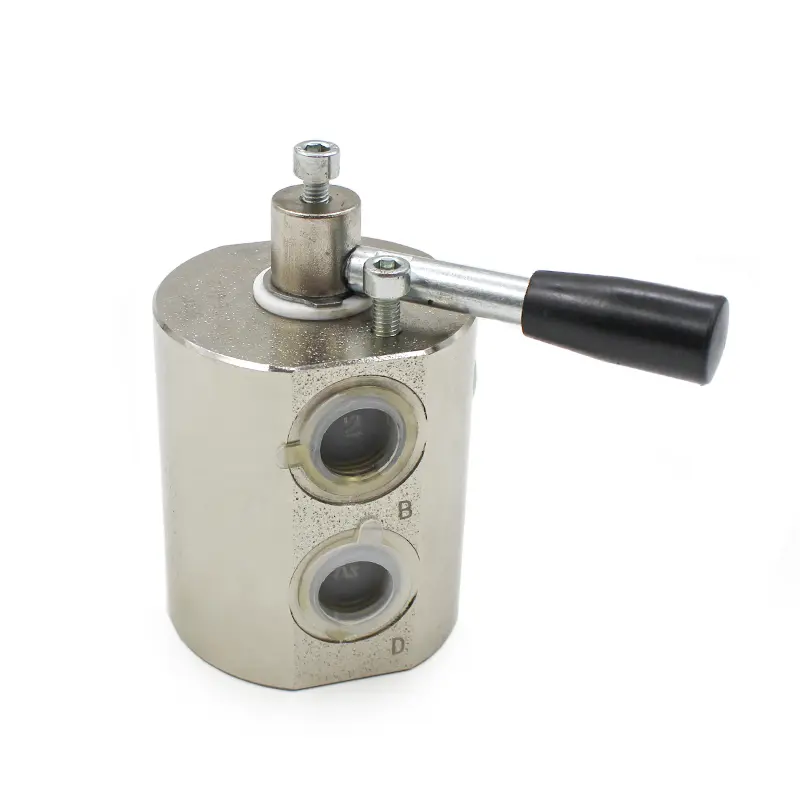
Basics of Directional-Control Valves
2024-08-20Directional-control valves are essential components in hydraulic and pneumatic systems. They play a crucial role in controlling the flow of fluid within a system, dictating the direction of movement in actuators such as cylinders and motors. Understanding their operation, types, and applications is fundamental for anyone involved in fluid power systems.
What Are Directional-Control Valves?
Directional-control valves are devices that manage the flow path of hydraulic or pneumatic fluid. They can either allow or block fluid flow to specific parts of a system, thus controlling the movement of actuators. These valves are typically classified based on their configuration, which can include two-way, three-way, or four-way designs.
- **Two-Way Valves**: These valves have two ports and can either allow fluid to flow in one direction or block it entirely.
- **Three-Way Valves**: With three ports, these valves can direct fluid to one of two outlets, often used in applications like controlling a single-acting cylinder.
- **Four-Way Valves**: These valves are commonly used in double-acting cylinders, allowing fluid to flow in and out of the cylinder, thus controlling the extension and retraction.
How Do They Work?
The operation of directional-control valves can be manual, mechanical, or automated. Manual valves require an operator to physically shift the valve lever, while mechanical options might use springs or levers for actuation. Automated valves are often controlled by electrical signals, utilizing solenoids to shift the valve position.
When a valve is actuated, it changes the path of the fluid, either allowing it to flow to a designated actuator or redirecting it back to the reservoir. This capability enables precise control over the movement of machinery, making directional-control valves vital in various applications.

Types of Actuation
Directional-control valves can be actuated in several ways:
1. **Manual Actuation**: Operators use levers or knobs to control the valve directly.
2. **Mechanical Actuation**: These valves are actuated by mechanical linkages, often used in conjunction with other machine components.
3. **Electrical Actuation**: Solenoid-operated valves are controlled by electrical signals, providing remote operation capabilities.
4. **Pneumatic Actuation**: Some valves are actuated using compressed air, suitable for specific applications.
Applications
Directional-control valves are used in a wide range of applications, including:
- **Industrial Machinery**: They control the movement of hydraulic cylinders in presses, lifts, and other equipment.
- **Automotive Systems**: Used in hydraulic braking systems and power steering.
- **Aerospace Applications**: Control systems in aircraft, managing landing gear and flaps.
- **Agricultural Equipment**: Direct fluid flow in tractors and harvesters, enhancing functionality and efficiency.
Conclusion
In summary, directional-control valves are vital components in fluid power systems, enabling the precise control of fluid flow direction. Their various types and actuation methods allow them to be used across multiple industries, highlighting their versatility and importance. As technology advances, the design and functionality of these valves continue to evolve, ensuring they remain integral to modern machinery and automation systems. Understanding their basics is essential for anyone working with hydraulic or pneumatic systems, paving the way for more efficient and effective designs.




